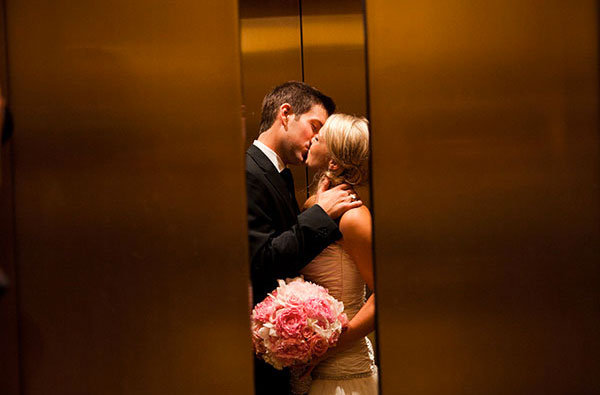Home Green Home
By: Aimée MorganPaul Donald, founder of Branch, shares the latest in earth-friendly home designs.
- Read more about Home Green Home
- Log in or register to post comments
Paul Donald, founder of Branch, shares the latest in earth-friendly home designs.
Designer Michael Aram crafts intriguing new tableware looks for Waterford.

Fair or foul, fighting is something all couples do. But for an argument to be effective (rather than destructive) it pays to know what’s behind the ire. So, in your corners…
What an eventful day! Though before the true details of the day may enfold, you must catch up to speed with the prep required before hand...
